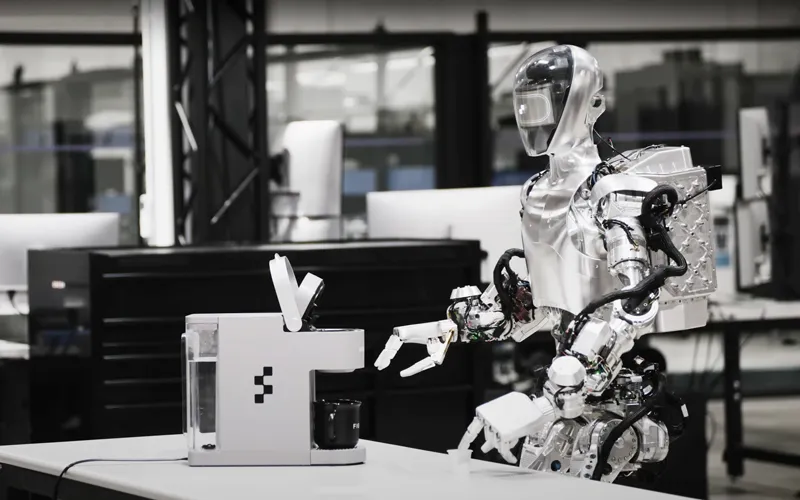Integrate the Thermal Management System into the Robot
- Posted on:2024-03-01 14:20:00
- Source:AOK Thermal Pad Manufacturer Industry News
Robot have the capacity to generate significant heat during operational activities through various components including motors, sensors, processors, and other electronic elements. Efficient heat transfer and dissipation is essential to prevent overheating and ensure optimal performance and energy efficiency. Integrating a thermal management system into robots is essential to ensure optimal performance, prevent overheating, and increase the longevity of the robotic components.
Heat Generation Analysis: Conduct a thorough analysis of the heat generation within the robot. Identify the components that produce significant heat, such as motors, processors, power electronics, and batteries. Determine the heat dissipation requirements for each component.
Cooling Methods: Choose appropriate cooling methods based on the heat dissipation requirements. Common cooling methods include air cooling, liquid cooling, heat pipes, fans, and heat sinks. Select the cooling method that best suits the specific requirements of the robot and its operating conditions.
Heat Conduction: Ensure efficient heat conduction between heat-generating components and cooling elements. Use thermal interface materials (TIMs) , such as thermal pads or thermal pastes, to improve heat transfer and minimize thermal resistance at the interface.
Airflow Management: Design the robot's structure and components to facilitate proper airflow management. Consider the placement and orientation of cooling elements to maximize airflow and heat dissipation. Use ducts, vents, or fans strategically to direct and enhance airflow where necessary.
Temperature Monitoring: Implement temperature monitoring sensors throughout the robot's critical components. This allows real-time monitoring of temperature levels and enables the robot's control system to adjust performance or activate cooling mechanisms as needed.
Control System Integration: Integrate the thermal management system with the robot's control system. This enables the control system to regulate cooling mechanisms based on temperature readings and ensure timely response to heat generation.
Power Management: Consider the impact of thermal management on the robot's power consumption. Efficient cooling methods can help reduce the strain on the robot's power source and optimize overall energy efficiency.
Environmental Considerations: Take into account the robot's operating environment, including ambient temperature, humidity, and dust levels. Ensure that the thermal management system can handle these environmental factors and maintain effective heat dissipation under varying conditions.
Maintenance and Serviceability: Design the thermal management system to be easily accessible for maintenance and servicing. This includes considering factors such as replacing cooling elements, cleaning components, or repairing/replacing faulty parts.
By integrating a well-designed thermal management system into robots, you can enhance their performance, improve reliability, and extend the lifespan of critical components. It is crucial to consider the specific requirements of the robot's components and operating conditions to ensure efficient heat dissipation and reliable operation. AOK provides a range of thermal management products for the robotic industry to dissipate heat and maintain optimal operating temperatures for devices and applications.
If you would like to learn more about AOK performance thermal materials, please visit our website at www.aok-technologies.com


